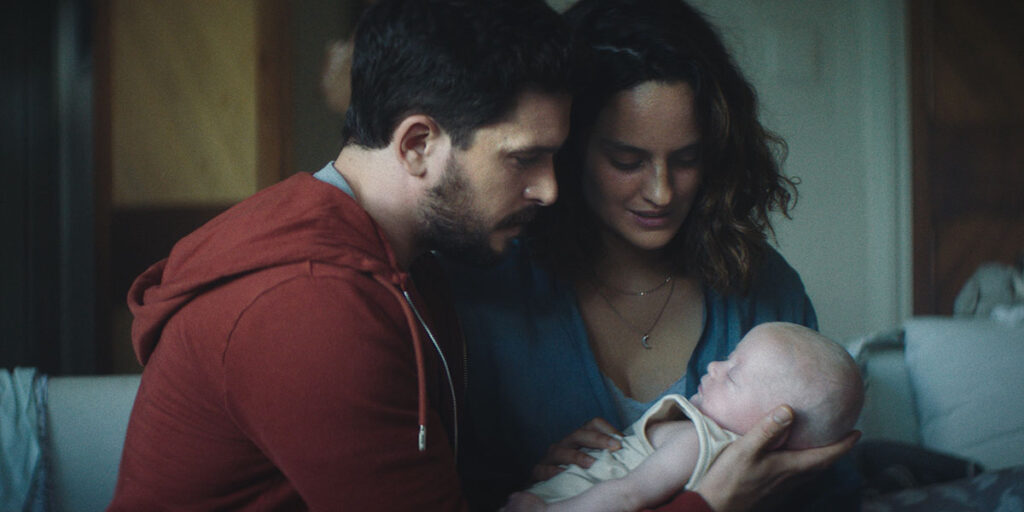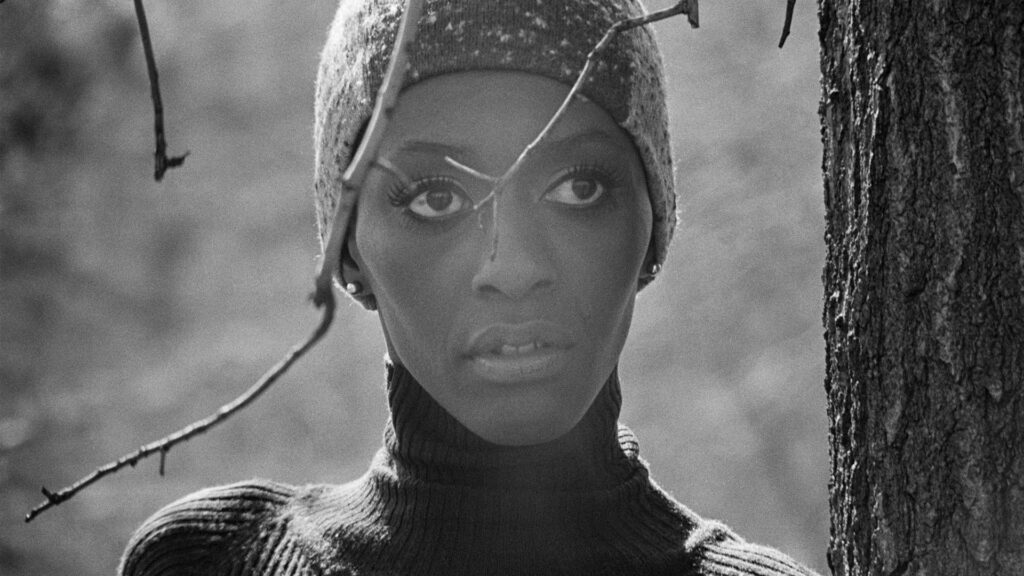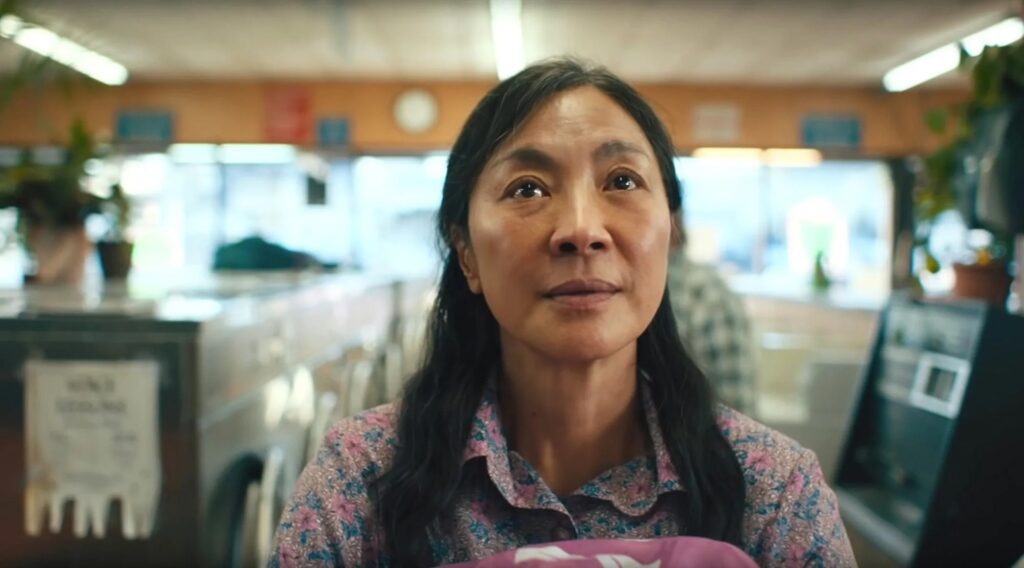Lilibet Foster is an award-winning director, producer and writer of feature documentaries, television programs and integrated brand campaigns. She received an Oscar nomination for producing the feature documentary, “Speaking in Strings.” Her previously produced film, “Soul in the Hole,” won the coveted Independent Spirit: Truer Than Fiction Award. After successful theatrical releases, both films premiered on HBO. Her critically-acclaimed documentary, “Brotherhood: Life in the FDNY,” Gala Premiered at the Tribeca Film Festival. (Press materials.)
“Be Here Now” (The Andy Whitfield Story) opens in theaters April 8 in New York City and April 15 in Los Angeles.
W&H: Describe the film for us in your own words.
LF: I hope that others will find “Be Here Now” (The Andy Whitfield Story) to be an inspiring love story between star, Andy Whitfield, of “Spartacus” TV fame, and his charismatic wife Vashti, who together take on the most heroic role he’s ever had to play. With generosity and trust, they allowed a camera to follow them on their journey to heal Andy from a cancer diagnosis, in the hope that by sharing it, they might help to inspire others with challenges and dreams. We won the Audience Award at the Los Angeles Film Festival.
W&H: What drew you to this story?
LF: The way that I met Andy and Vashti and came to tell their story is in line with the theme of the film — it was as though we were meant to be drawn together, if that makes sense. When the “Spartacus” television series came out and was a huge hit, Andy became an international star. He had “made it” as an actor and was the picture of health. Except for nagging back pain which he thought was due to his rigorous workouts in Gladiator Boot Camp and fighting every ancient bad-ass imaginable, as a sword-wielding gladiator. When a physical therapist finally sent him for a scan, he was diagnosed with non-Hodgkins Lymphoma.
Privately, he went into chemotherapy treatment and beat it. While he was gearing up to film Season 2, a routine insurance scan showed lingering traces of cancer. Devastated, he had to drop out of the show. But, this time, he and his charismatic wife, Vashti, decided to approach it differently. The first round of chemo had been so frightening and isolating that they thought that it might be equally scary to other people. So, they decided to have matching “Be Here Now” tattoos put on their forearms and use Andy’s newfound star power to share the next part of their journey in the hopes that it may help and inspire others faced with challenges.
At this stage, Andy spoke to producer and manager, Sam Maydew, who is my producing partner on the film, to see if he would help them. Sam tried to talk them out of it — he asked if they were prepared to have a camera follow them during this intense time in their lives, but they insisted. This is when Sam reached out to me. I had been working with Sam’s company creating a show around Dennis Hopper, who also developed cancer. Knowing that I was an Academy Award-nominated documentarian and that I was also directing segments for Stand Up To Cancer’s live television fundraiser, Sam asked me to speak with Andy and Vashti.
During that first conversation when we were getting to know one another, I asked Andy to tell me where in the UK he grew up. He responded that I would probably not know it because it is a tiny town, on a tiny island, off the northern coast of Wales. I still get goose bumps when I think about it because it turned out to be the same small town that my father grew up in. And there and then, although we didn’t know what would happen including how we would fund the documentary, we knew that it was meant to be and all began this epic journey together.
W&H: What do you want people to think about when they are leaving the theater?
LF: When I started filming Andy and Vashti’s journey what I found so remarkable was how they approached everything in their lives by setting their sites on their goals and making them happen. Andy, with Vashti’s support, did this by becoming a star as the lead of the international hit television show, “Spartacus,” at 38. Faced with this unexpected challenge, they were focusing that same powerful determination into beating cancer. Yet simultaneously, they have this way of both manifesting their destiny, while being present and living in the moment, with each other and their family — despite the uncertainty of the dramatic roller-coaster ride they are forced to go on. I hoped that if I could capture this, their story may be inspiring to others.
I also began to notice an emerging love story — their irrepressible senses of humor, the way they play off each other, their tenderness and mutual support, even when they clash, disagree or break down. In fact, I re-watched the movie “Love Story” for inspiration. I hope that I’ve captured some of those universal themes that we all share and care about, such as family, health, goals, love and the world outside of us — or spirituality for lack of a better word — in the film. I hope that people will leave the theater thinking about how this relates to their lives, go do something they have wanted to do, fulfill a dream or reach out to let other in their life know how much they mean to them.
W&H: What was the biggest challenge in making the film?
LF: The biggest challenge in making the film was that things kept changing from what I thought, and we all thought might take place. But, at the same time, Andy and Vashti are so powerfully positive, determined and fully present throughout, that this has had a big impact on me. Being trusted to follow Andy and Vashti so openly throughout their personal and intimate journey is an honor, responsibility and constant personal learning experience. And I hope I’ve successfully captured and convey their way of living this in the film.
W&H: How did you get your film funded? Share some insights into how you got the film made.
LF: We funded a good portion of the film with our Kickstarter campaign. This is like making another movie as it is a lot of hard work and I had never done one before. But we planned very carefully and we executed that plan and we became the third most successfully funded documentary in Kickstarter history. This was a huge effort that turned into a huge honor.
We now have over 2.6 million viewers of our videos and followers across YouTube, Facebook, Twitter, Kickstarter, BeHereNowFilm.com and now Tugg as we head into our theatrical opening.
W&H: What’s the biggest misconception about you and your work?
LF: I don’t really know what the biggest misconception is about me personally. I think the biggest misconception about documentary filmmakers in general is that we do not plan out or have a process behind our filmmaking. We come across an incredible story or person, spend some time filming and then make the film in the editing room.
Although I do not make pure cinema verite films, I aspire, because it is a constant learning process, to this style of filmmaking. This involves following the stories of remarkable individuals through some of the most important times of their lives. I hesitate to even call these “films” which seems trivial. This is especially true with “Be Here Now” (The Andy Whitfield Story).
All of the films are real stories about real people faced with major challenges. It is humbling and a huge privilege to be able to tell these stories. The observational style of verite is what I hope brings us most closely to our own individual as well as shared human experience — and in their telling they often shed light on universal or topical subjects, issues and questions, as well as reveal life-lessons.
W&H: What’s the best and worst advice you’ve received?
LF: When I first started out, I most admired and was inspired by the cinema verite films made by the masters of Direct Cinema in the US, Robert Drew, Richard Leacock, D.A. Pennebaker and the Maysles brothers. I also learned from the talented director Veronica Young and director and cameraman Robert Leacock. I aspired and still aspire, because it is a constant learning process, to this style of filmmaking.
As D.A. Pennebaker once described it, when you are trying to capture unfolding stories in a verite style, you feel as though you are missing 99 percent of what you should be filming. That was good advice. This is why it is a constant learning process. Some of what is happening, you’ve experienced before and know how to handle, others, as with this film, are new and unexpected. So, I am a planner. I carefully write questions for interviews, always have questions ready to ask on the fly, carry shot lists around in metal clip board.
When I’m filming I am constantly scribbling notes to myself to keep track of what I missed and what I need. I also tried to pick up how to use the camera to capture the story in images and moves, rather than relying on words or an interview, but that the two combined are what add up to an overall story with depth and beauty.
I suppose the most valuable advice I received for filming cinema verite is that sound is as important as the visuals. So I learned to place wireless mics on the main subjects of the film and then listen to them. That way I can direct the camera to film what is important.
I don’t know what the worst piece of advice would be, but maybe “shoot everything on a tripod.” The best cinema verite is shot with handheld cameras that are so artfully used by amazingly talented verite DPs that the audience is not aware of the subtle movement.
W&H: What advice do you have for other female directors?
LF: My advice would be to find directors to work for whose work you most admire and try to learn storytelling from them. Learning how to tell a good story is an art form that takes a lifetime to master, so starting out by working for someone who is good at it gives you a head start.
W&H: Name your favorite woman-directed film and why.
LF: I have several favorite films directed by women, but at the top of the list would be “Grey Gardens” by Ellen Hovde and Muffie Meyer (and Albert and David Maysles). This had a big influence on me and was pivotal in inspiring me to want to work in a cinema verite style.
The film is an example of how a documentary can be made with the same compelling main characters and act structure or dramatic story arc of a good fiction film. And I still aspire to this because I think that feature documentaries can be as powerful, moving and entertaining as fiction films — maybe even more so. Knowing that they are telling the stories of real people makes a film all the more enjoyable for me.







